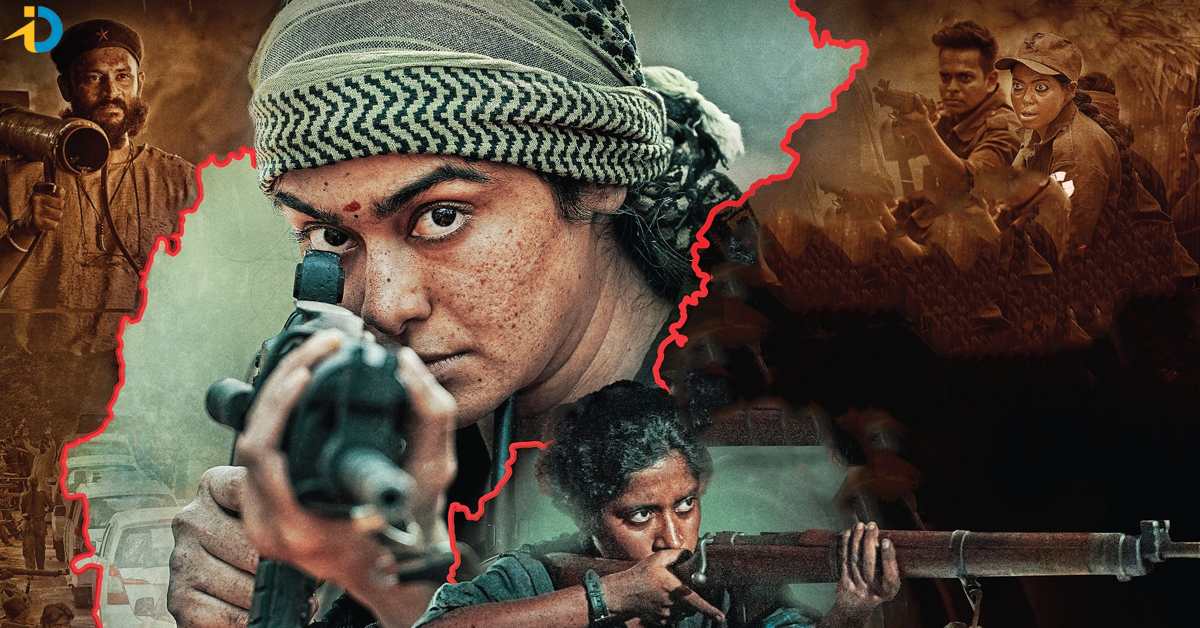Das CH
Das CH

The film starts off with intriguing cards featuring paper cuts that lead to the film’s title, accompanied by the background score of gunshots firing. This introduction sets a terrific tone. The film delves into the war between the soldiers and Maoists, where the tribals are caught in the middle. It showcases intense drama surrounding this scenario, with the Maoists’ cruelty on one end and the introduction of Adah Sharma as a powerful IG police officer on the other. Adah and her team are depicted trying to confront the Maoists, with these elements unfolding within the backdrop of a court. So far, the film appears decent, and the interval shot promises more cruelty to come. It will be interesting to see how Adah and her team confront the Maoists in Bastar.
It kickstarts with a couple of intriguing songs, and “Vande Veeram” sets the right tone for the war. The making of the film seemed realistic, and the camera work is exceptional. The bold narration, along with hard-hitting dialogues, drives to a solid conclusion. Adah Sharma’s climax performance is one of the major highlights of the film.
“Adah Sharma’s bravery and spot-on narration make it worth watching” Hats off to the makers of The Kerala Stories who once again brought the unspoken stories into the limelight. Their strong narration with intriguing drama holds the key to an engaging screenplay. Once proven with Kerala Stories, they now return with Bastar. Adah Sharma as Neeraja has done a terrific job. Her intense emotions, especially during the climax, literally give goosebumps. The way she has overcome all the odds, despite facing threats and navigating politics and journalism, her part of the mission was straightforward and bold. Adah has truly embodied the character, keeping us engaged despite a few drawbacks in terms of generating more drama in the tribal village scenes, as the makers aim to showcase the intensity of the war between the Indian forces and Maoists.
There are a couple of scenes in the film that have repeat value, such as when Adah confronts the Home Minister and the training episodes at both ends. All these scenes were shot really well by the makers. Also, the scene where the mother and son of the Tribals unite was good. Just like the film’s style of making, the conclusion also didn’t go overboard; it showed what needed to be shown.
Overall verdict: At times, the film might test our patience and viewers should beware of its violence. It’s a decent flick, watchable for its bold narration and daring step in making a film based on true events.